People Throughout the Delaware River Watershed Are Joining Forces and Collecting Data to Protect the Vital Freshwater Resources That Sustain Their Communities
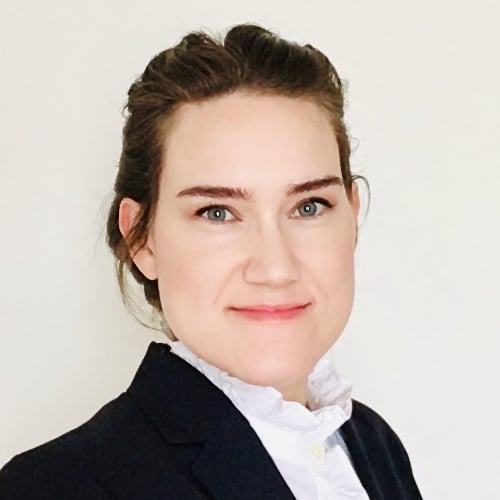
Volunteers are gathering data on the health of the Delaware River watershed, helping scientists and local watershed groups understand threats to water quality and where progress can be made. Their backgrounds are varied — some are teachers, others are doctors — but they all have one ambitious goal in common: to ensure everyone has access to clean fresh water. Stroud Water Research Center is helping these unsung heroes and the watershed organizations through which they work by providing technical support, capacity building, and a bit of can-do spirit.
Carol Armstrong
PASSION: Data and stream ecology
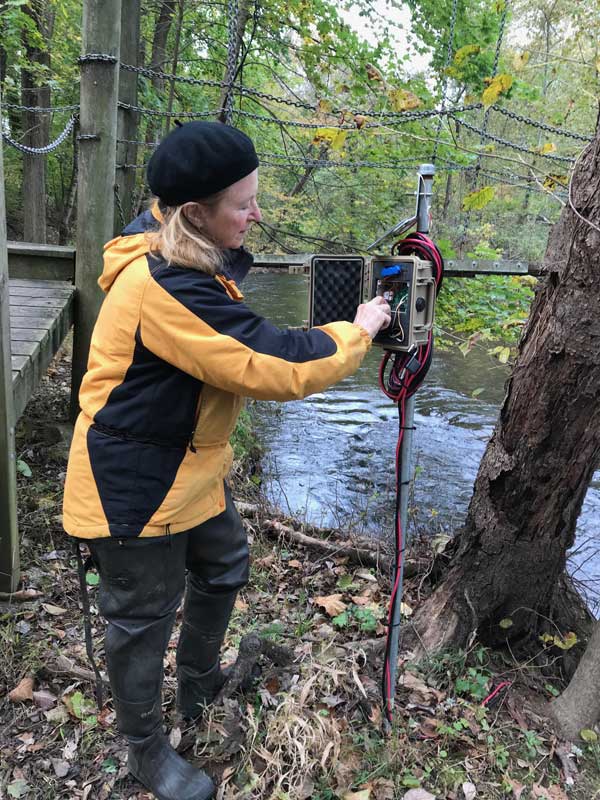
After a successful and rewarding career working in brain injury rehab and cognitive neuroscience research and healthcare, Carol Armstrong decided it was time to retire and help scientists tackle the global water crisis. She had seen the National Climate Assessment and was alarmed by the rapid change in marine and freshwater environments in response to human-caused climate change. She became a Penn State Master Watershed Steward and soon after, one of the Stroud Center’s most dedicated volunteers.
First, she helped the watershed restoration team plant rain gardens, gather data in tree plots, and monitor streamside forests on farms. Later, she began troubleshooting data from about 50 EnviroDIY™ Monitoring Stations in the Delaware River watershed and maintaining three of them on Pickering Creek, a tributary to the Schuylkill River. She also engages local government and land owners with that data.
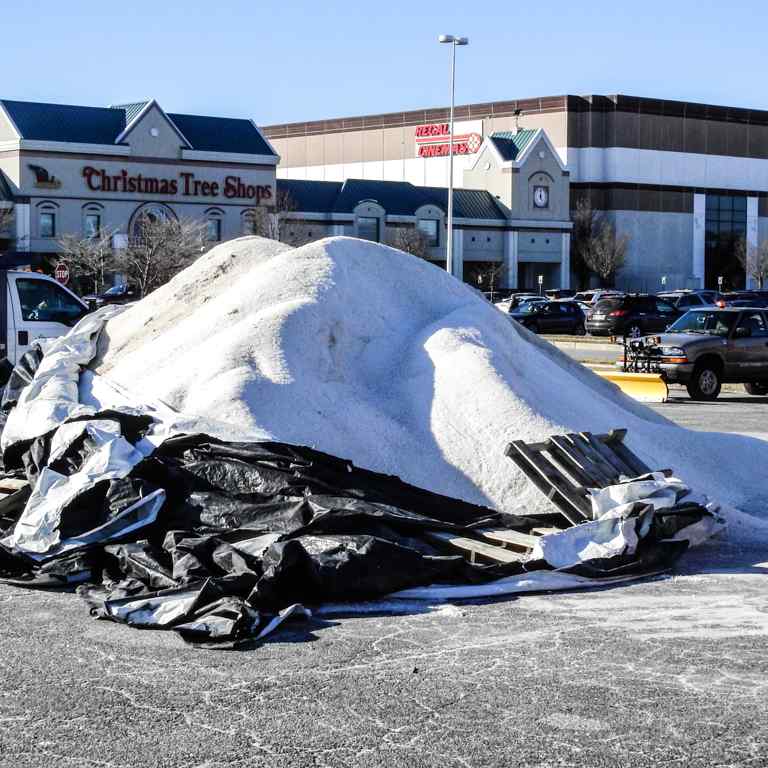
Once, during a reconnaissance mission, she and a Master Watershed Steward in training tracked a tributary to the Pickering back to its source, taking stream samples along the way. “It was black and white. It was day and night,” she recalls. “When the stream went through any areas with impervious surfaces, conductivity went up. It was a great lesson that what we were taught is in fact true.” It was confirmation that land use can degrade or enhance the health of streams.
A woman of action, Armstrong has reached out to local businesses as well as local and state agencies to address documented cases of improperly stored road salt, which can pollute nearby streams. She also convinced her township to start an environmental advisory council, offering to share the knowledge she’s gained from her community science training.
“Unfortunately, it is inherently political to talk about the environment, but I’m optimistic that there is increasing concern about water quality,” she says.
Charlie Coulter
PASSION: Upstream impacts of Darby Creek on the watershed
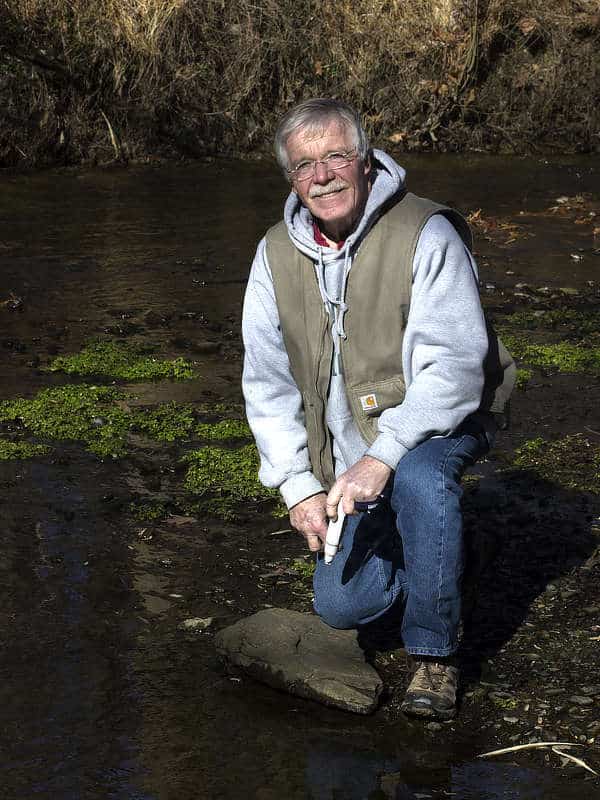
Darby Creek flows into the Delaware River in Philadelphia, but its headwaters and the flooding and pollution they may bring, begin 20 or so miles to the northwest in the suburbs of Radnor, Berwyn, and Newtown Square.
Willistown Conservation Trust’s Lauren McGrath and Anna Willig are working with the Stroud Center and Aurora Dizel at the Darby Creek Valley Association (DCVA) to collect data and identify problem areas. In speaking with downstream partners and volunteers about environmental justice, McGrath says, “Conversations came to a head that people are dying because of poor watershed planning and flood issues.”
McGrath says that acceptance of the status quo in the upstream neighborhoods and a sense of powerlessness in the downstream ones present challenges to restoring the watershed.
All three women agree that by connecting people to their local watersheds, they will be more inclined to protect them.
Among those forming a connection to Darby Creek is Charlie Coulter. He became a Master Watershed Steward after retiring as an instrument technician and volunteers with DCVA to monitor the headwaters of Darby Creek. He also monitors data from 19 EnviroDIY Monitoring Stations and provides weekly reports to the station owners and managers.
While he enjoys examining the data and looking for patterns, his main concern is for his grandchildren and ensuring they have access to healthy streams. Thinking of them, he takes every opportunity to speak with friends and neighbors about watershed issues.
“I talk to everybody. I say, ‘Hey, did you ever think about where the salt goes that you throw on your driveway? It just goes down the street into that culvert over there and right into the creek. And when you wash your car, that goes right into the creek.’ They say, ‘Gee, I never really thought of it that way.’”
Jill Kemp
PASSION: Trout in Angelica Creek
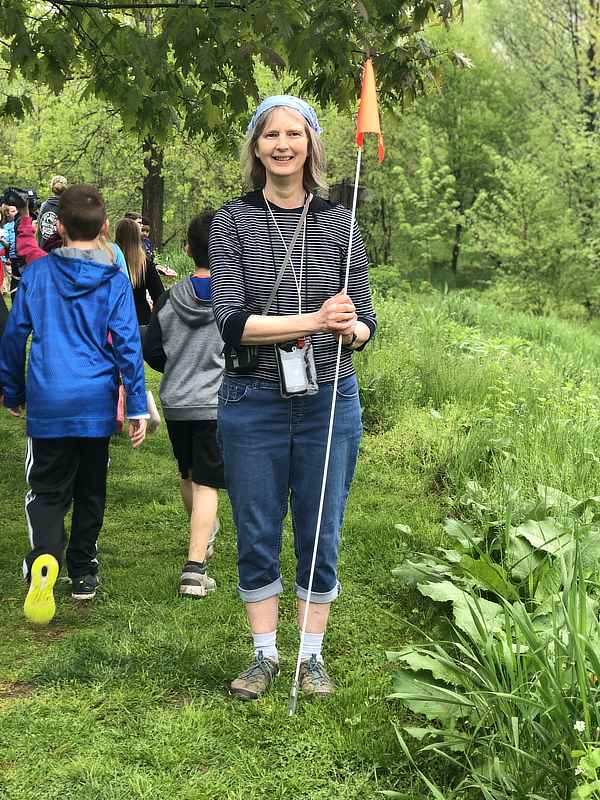
The naturally cold waters that support trout are heating up amid climate change, the loss of tree shade, and other sources of thermal pollution. Stan and Jill Kemp, David George, and Beckey Seel hope to save Angelica Creek from such a fate.
“From headwaters to mouth, Angelica Creek, which runs through Nolde Forest, is a naturally producing trout stream,” says Stan Kemp.
The Kemps and George are volunteers with Angelica Creek Watershed Association (ACWA). Seel runs the volunteer program at Berks Nature, which oversees ACWA as one of its programs.
“By monitoring temperatures, it gives us an idea of how the stream is doing, where the stream is getting too warm, and where we might need to do some restoration,” says Stan Kemp, who is a fish ecologist and professor at the University of Baltimore.
Jill Kemp is an environmental educator at Nolde Forest Environmental Educational Center who relies on the stream as an educational resource.
George, a retired physician and a Master Watershed Steward, maintains one of the EnviroDIY Monitoring Stations.
Together, they are petitioning the Pennsylvania Department of Environmental Protection to raise the status of Angelica Creek to Exceptional Value, which would come with additional protections, and they’re using data from EnviroDIY Monitoring Stations to support their cause.
Seel says, “The volunteers are deeply involved, and they deeply care about the watershed. Angelica Creek is used in so many different educational aspects with all ages from preschool to postgraduate, so I really feel that we’re teaching the future about water quality.”
George Seeds
PASSION: The impact of pollution on healthy soils and stream health
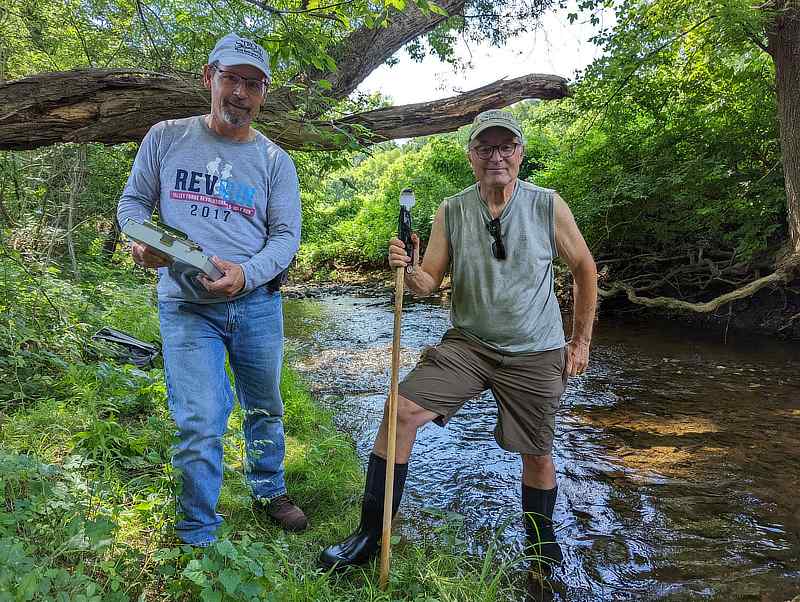
George Seeds says humans need to do a better job of managing healthy soils and clean water. Retired from a career in managed healthcare, he enjoys his time gardening, visiting scenic freshwater lakes and streams, and volunteering to monitor the health of Black Horse Run and Taylor Run. He also mentors community scientists working at four other stations in West Chester, Pennsylvania.
He says, “Volunteering has taught me to see the value in collecting and tracking data. You can demonstrate what’s going on with the stream from the standpoint of pollution.”
He has learned that Goose Creek and Plum Run have chronically high conductivity and chloride levels, an indication that salt pollution has contaminated not only the streams, but the groundwater too.
“It really demonstrates the impact of stormwater and what it’s carrying into streams,” he says.
Seeds says volunteering makes him feel like part of something greater than himself: “Community science is such a powerful concept. You have this network of stations and volunteers collecting all kinds of stream data that you could never have without the volunteers. We’ve always looked at scientists doing this kind of thing, but it’s something many more people can be involved in. I hope in some small way I am contributing to that trend.”
Get Involved
Interested in monitoring water quality in your local area? Email us at communitysci@stroudcenter.org to become a community scientist today.



